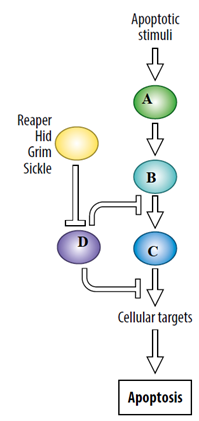#Question id: 82
#SCPH28 | Zoology
The structures of D-ribose and D-arabinose are shown below. These two molecules are
#Question id: 83
#SCPH01 Biochemistry
Which of the following is incorrect about the intramolecular cyclization reaction of glucose in solution ________.
#Question id: 83
#I Life Science/ Life Sciences Group – I-V
Which of the following is incorrect about the intramolecular cyclization reaction of glucose in solution ________.
#Question id: 83
#SCPH05 I Biotechnology
Which of the following is incorrect about the intramolecular cyclization reaction of glucose in solution ________.
#Question id: 83
#SCPH06 I Botany
Which of the following is incorrect about the intramolecular cyclization reaction of glucose in solution ________.
#Question id: 83
#SCPH28 | Zoology
Which of the following is incorrect about the intramolecular cyclization reaction of glucose in solution ________.

